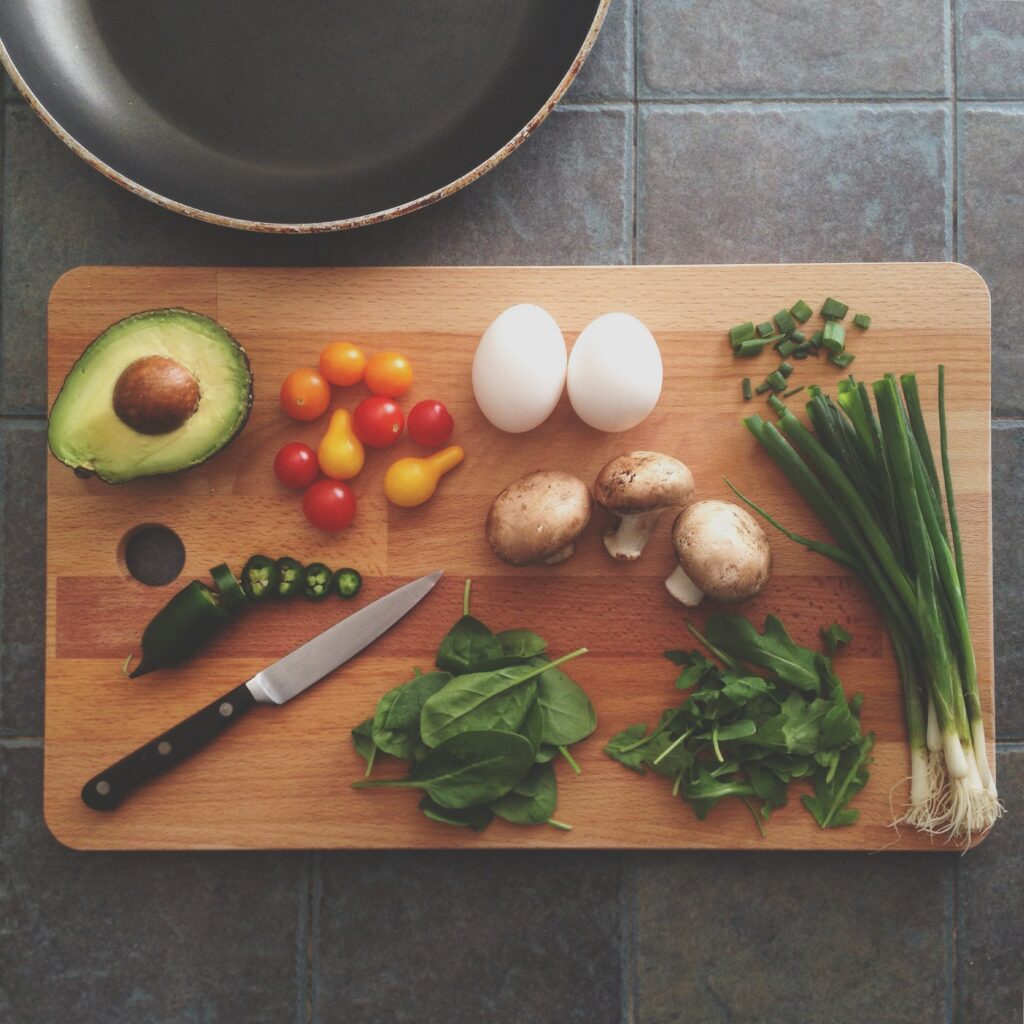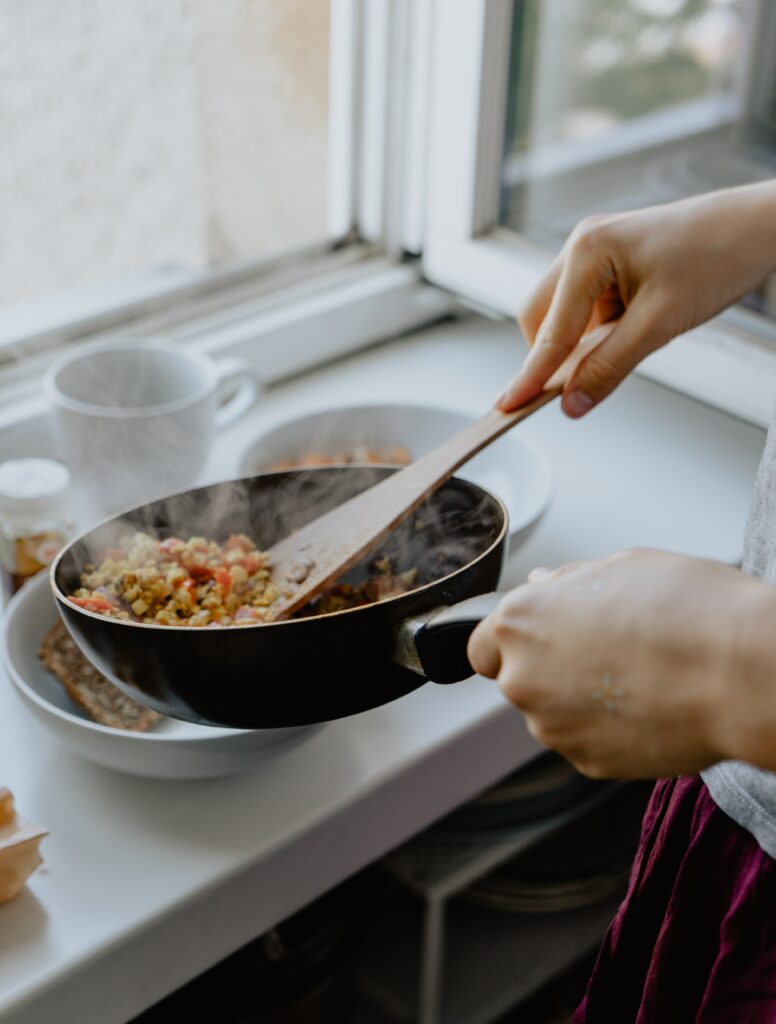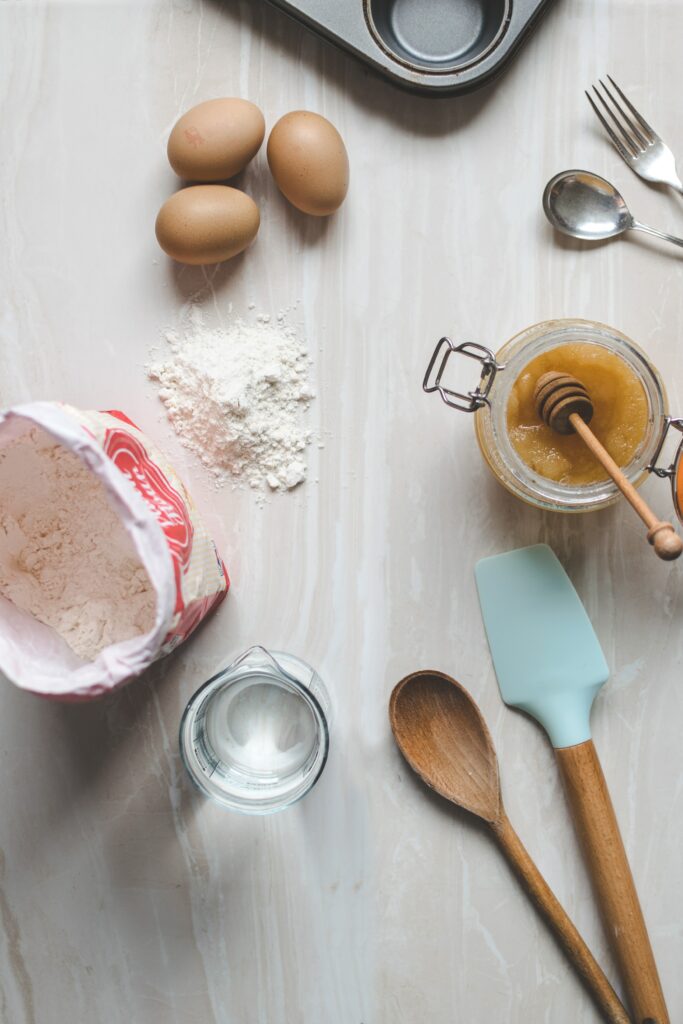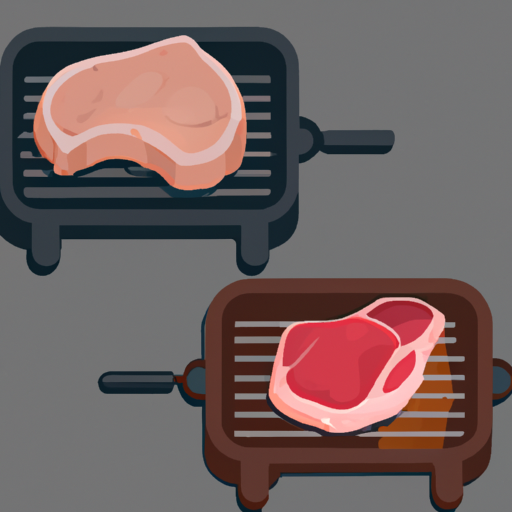Are you a budding chef looking to perfect your cooking skills and techniques? If so, you may find yourself wondering how to achieve the ideal level of doneness when cooking different types of meat. Whether it’s a juicy steak, succulent chicken breast, or tender pork chop, finding that perfect balance of flavor, texture, and juiciness can be a culinary challenge. In this article, we will explore various tips and techniques to help you master the art of achieving the ideal level of doneness in your meat dishes.
Determining Doneness
When it comes to cooking different types of meat, achieving the ideal level of doneness is key to delivering a mouthwatering and safe-to-eat dish. But how do you know when your meat is perfectly cooked? There are a few techniques you can use to determine doneness, such as using a meat thermometer, performing the touch test, and judging by color and texture. Let’s explore each method in more detail.

Using a Meat Thermometer
Using a meat thermometer is perhaps the most accurate way to determine the doneness of meat. This handy tool measures the internal temperature of the meat, ensuring that it has reached a safe level to eat. Different meats have different recommended internal temperatures, so make sure to refer to a reliable temperature guide specific to the type of meat you are cooking.
To use a meat thermometer, simply insert the probe into the thickest part of the meat, avoiding bones and fat. Wait for a few seconds until the reading stabilizes, and take note of the temperature. Remember to clean your thermometer after each use to prevent cross-contamination.
Using the Touch Test
If you don’t have a meat thermometer on hand, you can rely on the touch test to assess the doneness of your meat. This method involves using your hands and fingers to gauge the firmness and springiness of the meat.
To practice the touch test, make an “OK” sign with your thumb and index finger of one hand. Touch the fleshy area below your thumb with the index finger of your other hand. The resistance and texture you feel should closely resemble the following descriptions for various levels of doneness:
- Rare: The meat will feel soft and squishy, with little resistance.
- Medium-rare: The meat will have a slight springiness, but still feel soft in the center.
- Medium: The meat will be firmer but still have a degree of springiness.
- Medium-well: The meat will be quite firm and offer very little springiness.
- Well-done: The meat will feel very firm and will have no resilience.
It’s important to practice and refine your touch test skills over time, as it can be subjective and depend on the size and thickness of the meat.

Judging by Color and Texture
Observing the color and texture of the meat can also give you a good indication of its doneness. As meat cooks, it undergoes various transformations in color and texture, signaling the progression towards a desired level of doneness.
For beef, a rare steak will have a bright red center and be soft and juicy. As it cooks to medium-rare, the center will turn reddish-pink and become slightly firmer. A medium steak will have a pale pink center and be firmer to the touch. Moving towards medium-well and well-done stages, the center will become gray-brown and firm throughout.
Pork can be cooked to different levels of doneness, but it is recommended to cook it until the internal temperature reaches 145°F (63°C) for safety reasons. A slightly pink pork chop indicates it is cooked to perfection, while a just-cooked pork will have a faint pink tinge. If you prefer your pork fully cooked, it should have no pink color throughout and a uniform texture.
Similarly, chicken should always be cooked to an internal temperature of 165°F (74°C) throughout to kill any harmful bacteria. Regardless of the cut, make sure the juices run clear and there are no signs of rawness near the bones. Additionally, cooking a whole chicken requires extra care, as reaching the proper doneness in both the breast and thigh meat can be challenging. Use a thermometer to check both sections separately to ensure even cooking.
Lamb shares similar levels of doneness with beef. A rare lamb chop will have a bright red center and feel soft and springy. As it progresses to medium-rare, the center will turn pinkish-red and become firmer. A medium lamb chop will have a pale pink center and be firmer to the touch. For medium-well and well-done lamb, the center will become brownish and firm throughout.
Veal, which is the meat of young calves, is typically cooked to a lower temperature than beef and lamb. For a medium-rare veal, cook it until the internal temperature reaches 145°F (63°C) and allow for a brief resting period before slicing. Medium and medium-well veal will have internal temperatures of 160°F (71°C) and 165°F (74°C) respectively. Well-done veal will be cooked to a higher temperature, resulting in a uniformly cooked and firm meat texture.
When cooking fish, the doneness can be determined by observing the color, texture, and flakiness of the flesh. White-fleshed fish, such as cod or halibut, will turn from translucent to opaque when cooked through. The flesh should be easily flaked with a fork and appear moist, with no signs of rawness in the center. In contrast, oily fish like salmon or tuna tends to remain a slightly darker color even when cooked. The flesh should still be moist and flake easily, while retaining a pinkish or reddish hue.
For cooking shellfish, such as shrimp or scallops, their opaqueness is a good indicator of doneness. Cooked shellfish will turn from translucent to opaque, with a firm texture. Avoid overcooking shellfish, as they can become tough and rubbery.
Cooking a whole fish requires paying attention to various factors like size, weight, and thickness of the fish. As a general guideline, cook the fish until the flesh flakes easily with a fork, and the internal temperature reaches 145°F (63°C).
When it comes to turkey, it’s crucial to cook it thoroughly to ensure food safety. The recommended internal temperature for turkey is also 165°F (74°C) throughout the bird. However, it’s important to note that different parts of the turkey may reach their respective doneness at different times. The breast meat tends to cook faster than the dark meat, so it’s advisable to use a thermometer in both areas to achieve an evenly cooked turkey.
Lastly, duck, known for its rich flavor, requires different levels of doneness for its breast and leg meat. For the breast meat, aim for a medium-rare level by roasting the duck until the internal temperature reaches 135°F (57°C). This will result in a tender and juicy texture. On the other hand, leg meat should be cooked to a well-done level, as the connective tissues in this area require a longer cooking time to become tender. Cook the duck leg until the internal temperature reaches 165°F (74°C).
In conclusion, achieving the ideal level of doneness when cooking different types of meat involves a combination of techniques and observations. Whether you rely on a meat thermometer, perform the touch test, or judge by color and texture, practice and experience will help improve your skills in achieving the perfect doneness for each specific meat. Remember to always prioritize food safety by cooking meat to the recommended internal temperatures and allowing for resting time before serving. Happy cooking!





